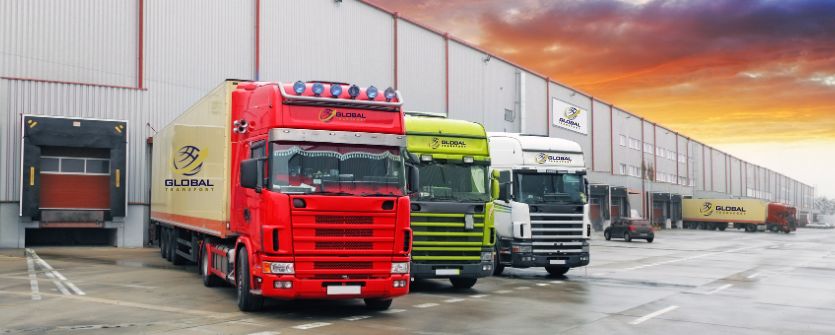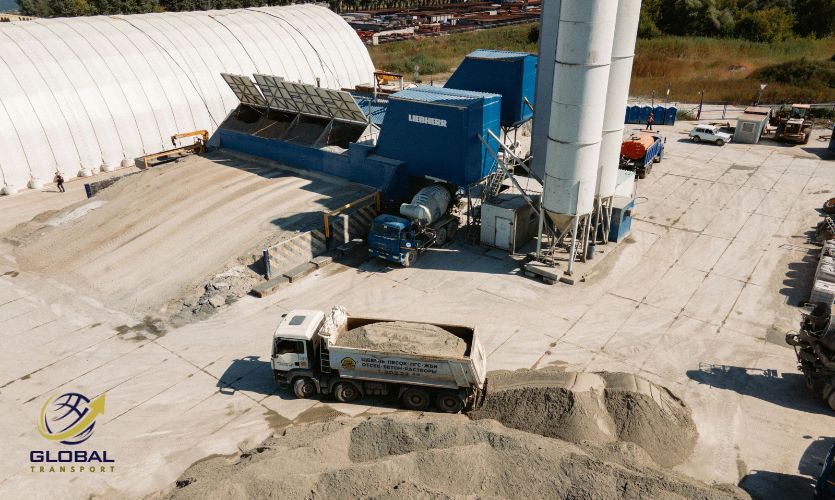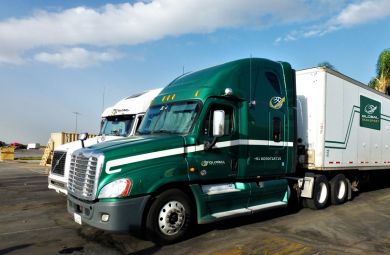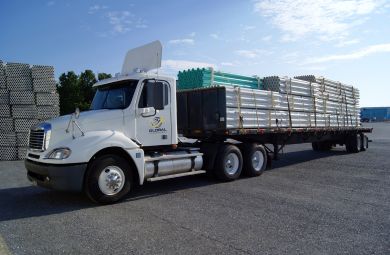Material Shifting
Material shifting refers to the process of relocating raw materials, finished goods,
or heavy equipment from one place to another. This is commonly required in industries
like manufacturing, construction, warehousing, and logistics. The process involves careful
handling, transportation, and sometimes storage to ensure the materials remain safe and undamaged.
Types of Material Shifting
1. Industrial Material Shifting –Moving raw materials, machinery, and equipment.
2. Construction Material Transport -Shifting cement, steel, bricks, and other supplies.
3. Warehouse & Inventory Relocation –Transporting goods within or between warehouses.
4. Office & Household Material Moving -Furniture, appliances, documents, and electronics.
1. Industrial Material Shifting
🔹 Challenges:
- ● Handling heavy and delicate materials.
- ● Ensuring safe transportation without damage.
- ● Using proper loading and unloading equipment.
🔹 Solutions:
✅ Forklifts & Cranes – Used for lifting and moving heavy materials.
✅ Palletized Transport - Ensures stability during transit.
✅ Tracking Systems – Monitors materials during movement.
2. Construction Material Transport
🔹 Challenges:
- ● Transporting bulk materials like sand, cement, and steel safely.
- ● Avoiding spillage and wastage.
- ● Managing time-sensitive deliveries.
🔹 Solutions:
✅ Dump Trucks & Tippers – Ideal for loose materials like sand and gravel.
✅ Flatbed Trailers – Used for large construction materials.
✅ Storage & Handling – Proper stacking and securing techniques.
3. Warehouse & Inventory Relocation
🔹 Challenges:
- ● Organizing large quantities of goods.
- ● Preventing damage to fragile items.
- ● Maintaining accurate inventory tracking.
🔹 Solutions:
✅ Barcode & RFID Systems – Helps track materials accurately.
✅ Conveyor Belts & Automated Systems – Efficient material movement.
✅ Proper Labeling & Packaging – Reduces errors and damage.
4. Best Practices for Efficient Material Shifting
✅ Plan logistics in advance to avoid delays.
✅ Use specialized equipment for lifting and transport.
✅ Ensure proper packaging and securing of materials.
✅ Follow safety guidelines to prevent accidents.
✅ Track materials during transport for security.

What is material shifting?
Material shifting refers to the process of moving raw materials, finished goods,
construction supplies, or heavy machinery from one location to another. It is
essential in industries like manufacturing, construction, warehousing, and logistics.
What are the different types of material shifting?
- ◍ Industrial Material Shifting – Transporting raw materials, equipment, and machinery.
- ◍ Construction Material Transport – Moving cement, steel, sand, and other building supplies.
- ◍ Warehouse & Inventory Relocati – Transferring goods within or between storage facilities.
- ◍ Office & Household Moving – Relocating furniture, appliances, and documents.
What are the main challenges in material shifting?
Handling heavy or fragile materials safely.
Preventing damage, spillage, or loss during transport.
Managing timely deliveries for projects.
Ensuring proper loading, unloading, and storage techniques.
What equipment is used for material shifting?
ss
- ◍ Forklifts & Cranes – For lifting and transporting heavy loads.
- ◍ Pallet Jacks & Conveyor Belts – For efficient material movement.
- ◍ Flatbed Trucks & Tippers – Used for large and bulk materials.
- ◍ Storage Racks & Containers – For organized warehouse shifting.
How can I ensure safe and efficient material shifting?
✅ Use proper packaging and securing techniques.
✅ Plan logistics in advance to avoid delays.
✅ Choose the right transport method based on material type.
✅ Track materials using barcode/RFID systems.
✅ Follow safety guidelines to prevent accidents and damage.







